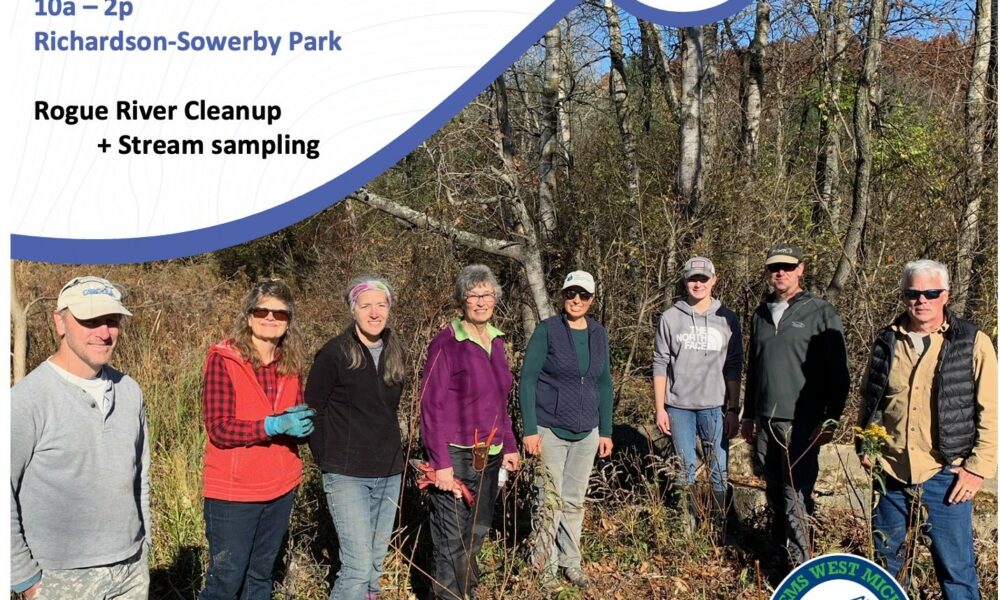

Today we’d like to introduce you to Jessie Schulte. They and their team shared their story with us below:
The current board of directors has been serving together because they deeply care about the waters of the Rogue River. Gretchen Zuiderveen, a local teacher was formerly the president and then Jessie Schulte recruited Bill Otten to serve as President while several conservationists attended a best management practice installation meeting at his wife’s family farm in Cedar Springs several years ago. http://www.rogueriverwp.org/team-936585.html
Jessie Schulte, Gretchen Zuiderveen, Bill, Todd, Bryce, and Martha, and now our new amazing Outreach Specialist, Jessica Gregory from MiEcoBuzz hold each other up and encourage each other to speak at Township meetings and host invasive species eco-stewardship service-learning workdays at the Rogue River County Park.
HISTORY
What Is Being Done to Address Wetland Loss in the Rogue River Watershed?
Local, state, and federal agencies as well as their partners in nonprofit and community organizations, have been working to address wetland loss in the Rogue River watershed. Several programs have been implemented over the last few decades to protect, enhance, and restore wetlands in the Rogue River watershed. The Rogue River Watershed Education Program in 2004 worked to increase awareness, education, and action within the watershed. Community awareness and stewardship is critical to watershed management as community stakeholders can affect change for the watershed. In 2007, 300 acres of wetland were restored in the Cedar Creek subwatershed, resulting in 50 tons/year pollutant load reductions of sediment and 393 lbs./year pollutant load reductions of nitrogen. The Rogue River Watershed Update and Easements Project in 2009 updated the RRWMP to meet EPA Nine Criteria and added that loss of wetlands was a source of sediment, nutrients, and thermal pollution in the watershed, which was caused by land use change through development and agriculture and created conservation easements for high priority lands. The document also identified wetland restoration and conservation easements as structural and vegetative best management practices (BMPs) for the Rogue River watershed.
Additionally, 272 acres of conservation easement were established, resulting in 25,834 lbs./year pollutant load reductions of nitrogen and 2,329 lbs./year pollutant load reductions of phosphorous Rogue River Watershed Management Plan Update for Wetland Restoration/Enhancement Draft 11/3/20 based on if no easements were established and the land was developed. In 2014, Trout Unlimited (TU), with funds from EGLE, developed a stormwater guidebook to educate planning commissions and professional planners on placement and proper use of Low Impact Development (LID). From 2015-2018, TU and the Rogue River Watershed Partners (RRWP) conducted wetland workshops where landowners in the RRW were invited to learn about the importance of wetlands and encouraged to pursue BMPs on their property with support from state and federal agencies, including Natural Resources Conservation Service (NRCS), U.S. Fish and Wildlife Service (FWS), and EGLE. In 2015, a 40-acre wetland restoration was established in the Nash Creek subwatershed through the NRCS with the Environmental Quality Incentives Program (EQIP). In 2016, TU and partners, with funds from EGLE, began the Rogue River Watershed Wetland Restoration and Land Protection project that resulted in 2.6 acres of restored wetland in the Cedar Creek and Stegman Creek subwatershed and the establishment of a 50-acre conservation easement in Sparta. As a result of this project, an additional 30 acres of wetland were restored within the established conservation easement through the FWS. The project also utilized the LLWFA and a Rapid Wetland Assessment to further prioritize and verify wetland sites for protection, enhancement, and restoration as recommended in the RRWMP.
We all face challenges, but looking back, would you describe it as a relatively smooth road?
The Trout Unlimited National Home Rivers initiative really helped put the focus energy and funding for improving the Rogue River for the last 8 years; however, they left. Trout Unlimited is longer putting the same amount of funding into projects in our region.
Fortunately, even though the TU Home Rivers Imitative ended, the Rogue River Watershed Partners wanted to sustain this, and so they have been successful at securing two recent grants 2022 and 2023 Watershed Support Grants. We literally could not have done it without Bill Otton stepping up as President and Bryce Spencer acting as a reliable Treasurer. Bryce joined the RRWP board of directors in 2018. He is retired from the paper and book printing industry. His main interest is trail walking, with a special fondness for the White Pine Trail and the Rogue River Park. He is married and has two grown children.
Under Jessie Schulte’s leadership with the Kent Conservation District, they took on the role of fiduciary, to financially host the grants from EGLE.
Current success will be defined by increased interest and having more than the seven riparian buffers and roughly ten agricultural field border setbacks installed within prioritized areas and within Nash/Ball Environmental Justice Communities. KCD will track the number of requests for information about setbacks, requests to use the new no-till drill to install setbacks or NRCS BMPs, and the number of acres the drill installed. This will be reported at monthly watershed meetings to help gage the need for additional promotion. We will document the number of applicants and awardees for the riparian buffer awareness campaign using before and after photos and/or videos posted on social media
We’ve been impressed with Rogue River Watershed Partners, but for folks who might not be as familiar, what can you share with them about what you do and what sets you apart from others?
Rogue River Watershed Partners is a 501(c)(3) non-profit organization run by a volunteer board. The RRWP is a local conservation group formed to protect the Rogue River and encourage practices that preserve the health of the river and its watershed. The leadership team pledged to assist with the project: Bill Otten, President, an outdoor enthusiast, and recently retired GE Program Manager who helps preserve a 200-acre family centennial farm. Bryce Spencer, Treasurer: In his tenure with International Paper, he developed advanced skills in accounting and finance. Gretchen Zuiderveen a native plant enthusiast and retired teacher. Jessie Schulte, RRWP Director, KCD Manager, three years of experience administering a current EGLE 319 grant; Todd McClellan, avid fisherman and environmental advocate, active employee of the Tennant Company. Martha Galbrielse, retiree from the banking industry and water quality advocate serving on the Environment Committee of the Bills Lake Improvement Association.
Are there any apps, books, podcasts, blogs, or other resources you think our readers should check out?
The Rogue River Watershed Partners have some great videos on FB and Instagram and on our website: http://www.rogueriverwp.org/
Our Outreach Specialist runs https://www.miecobuzz.org/
Pricing:
- Membership Donation
- 50
Contact Info:
- Website: http://www.rogueriverwp.org/
- Instagram: https://www.instagram.com/rogueriverwp/
- Facebook: https://www.facebook.com/rogueriverwatershed/
- Other: https://vimeo.com/rogueriverwatershed
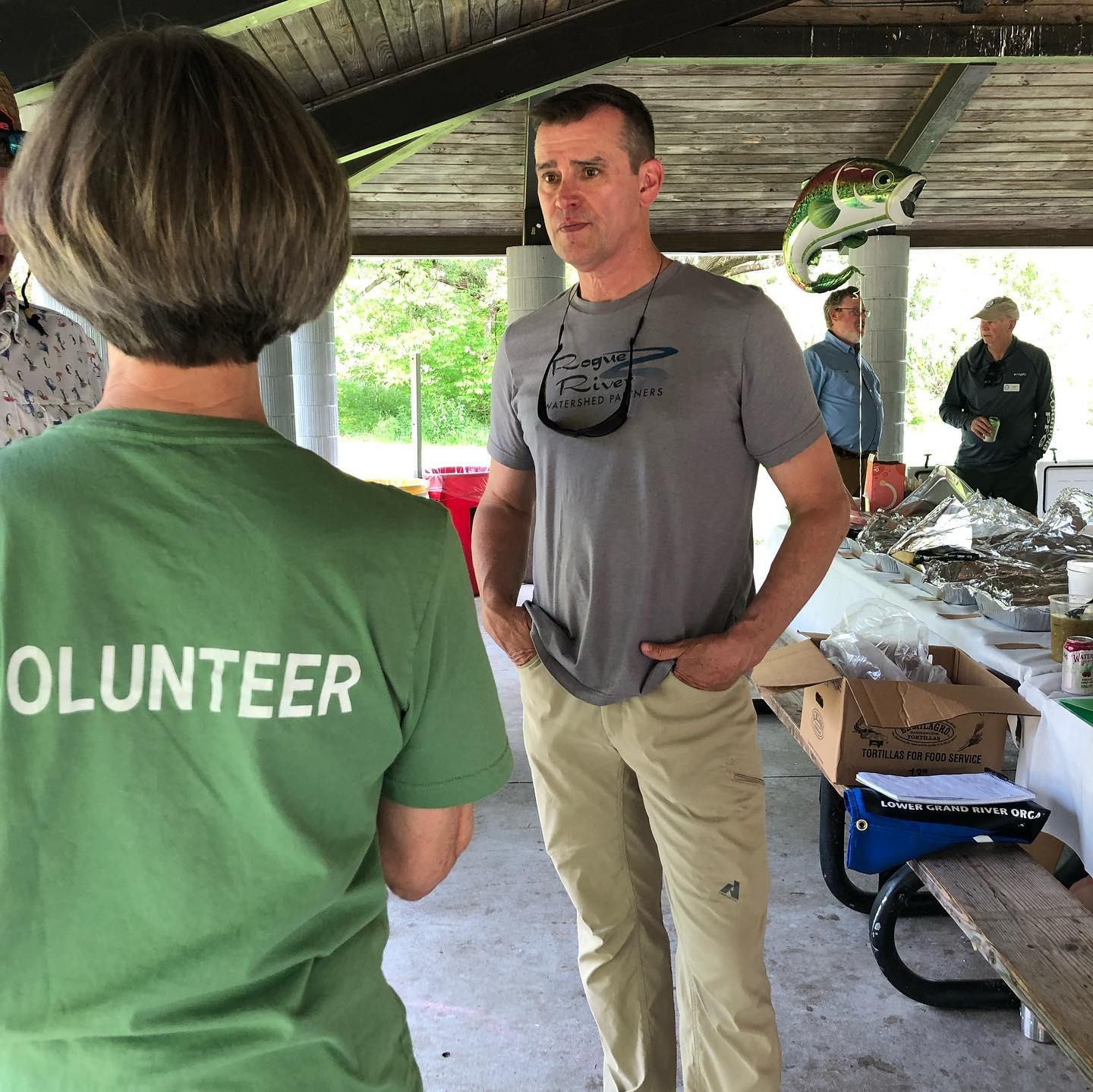
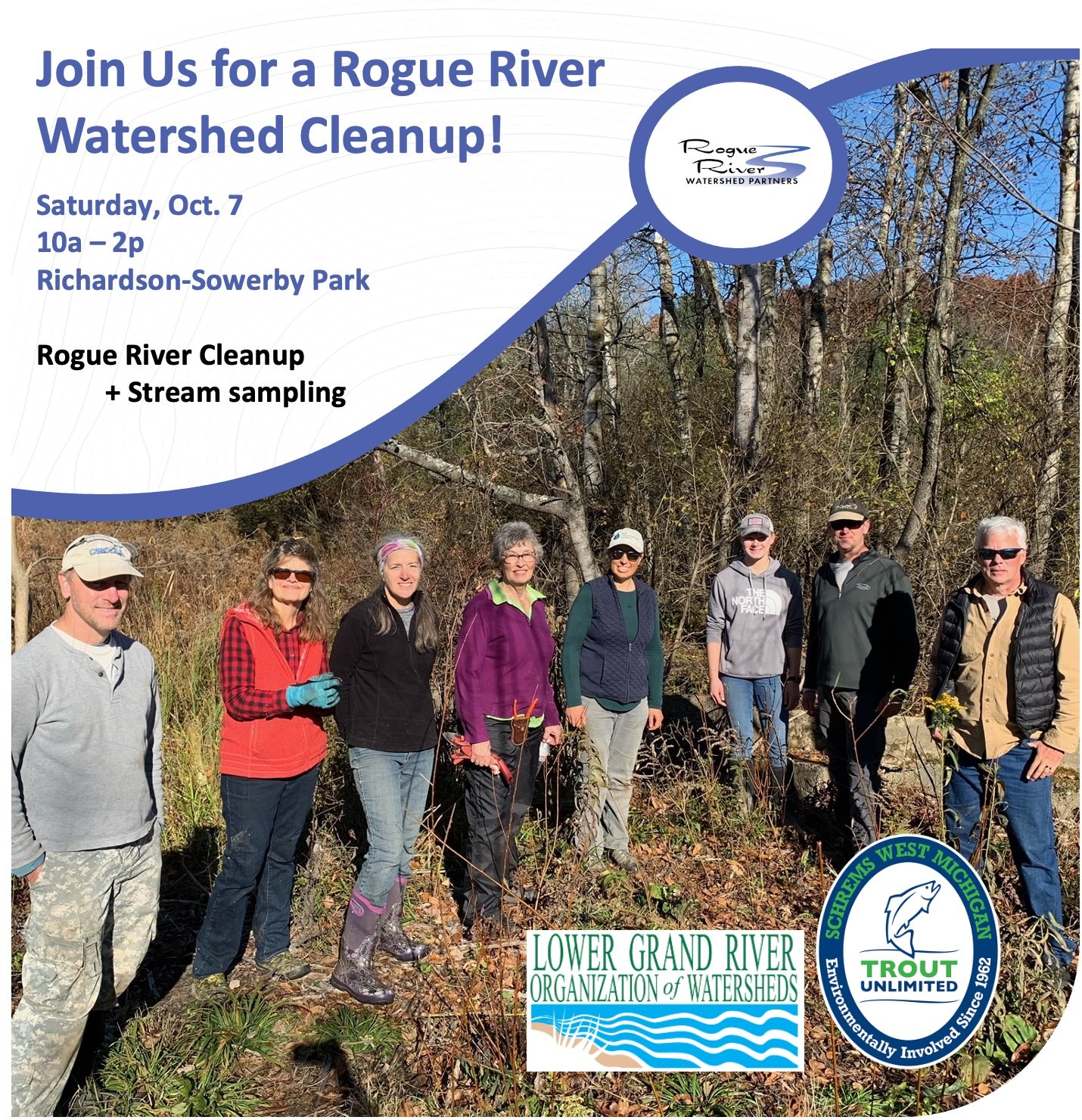
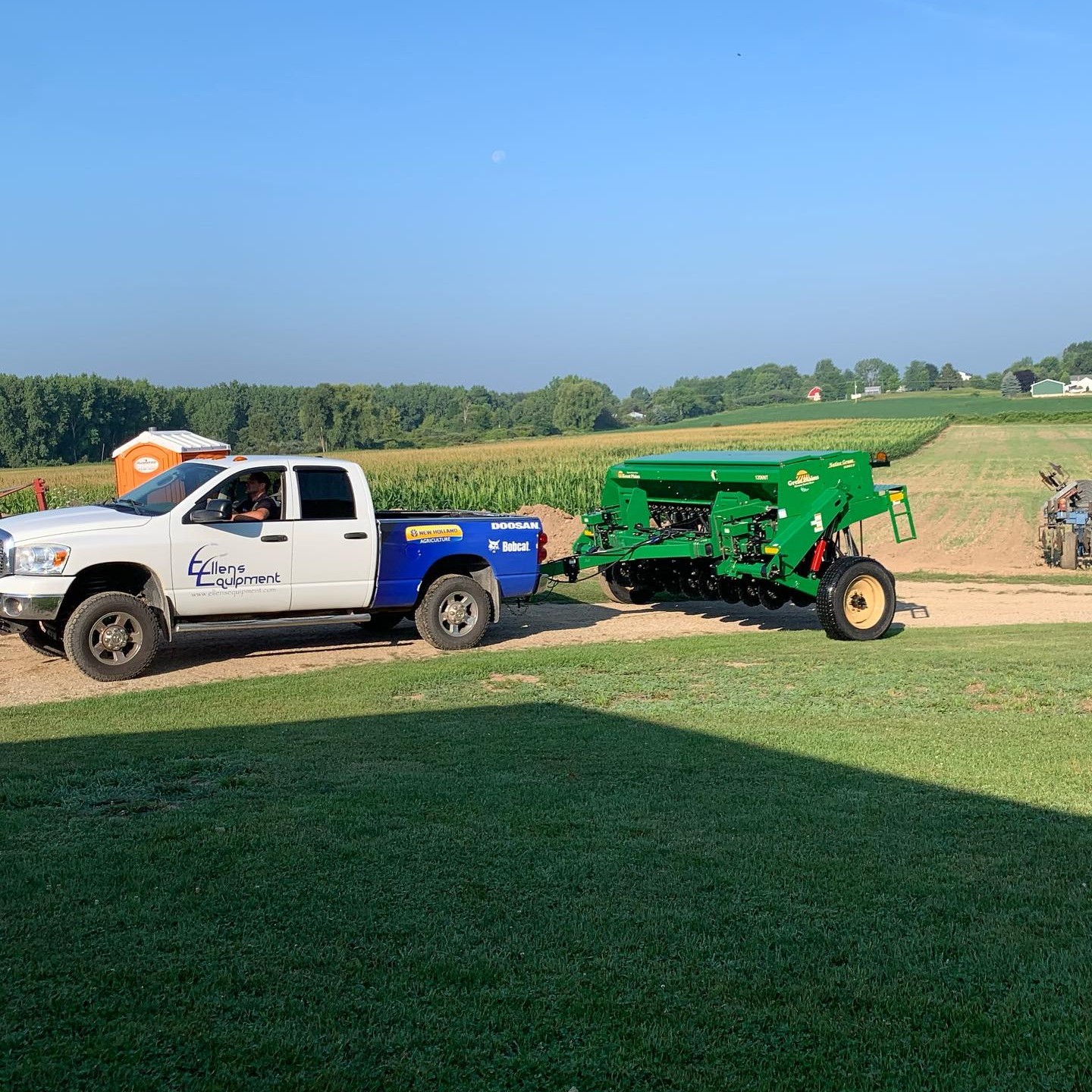
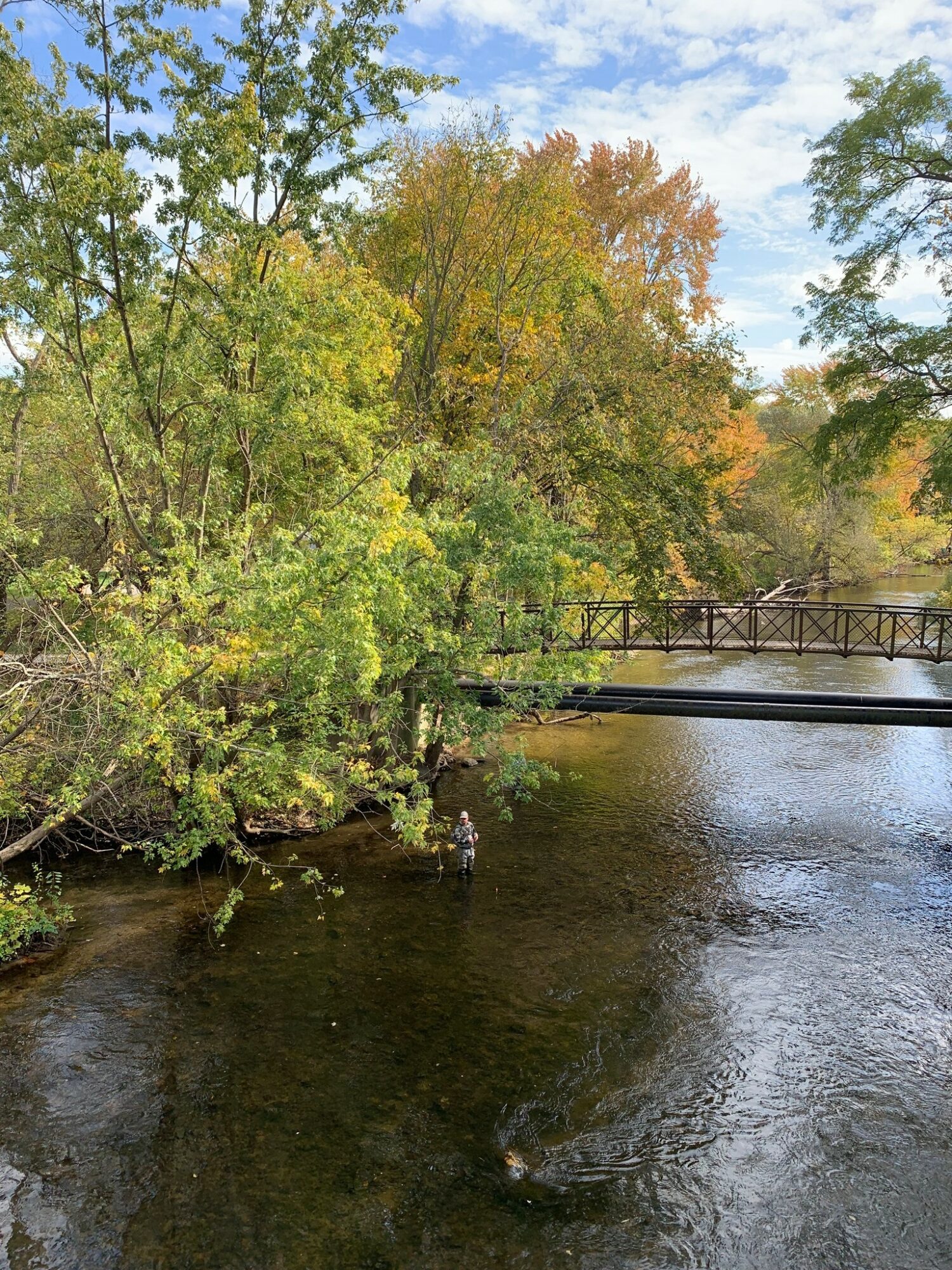
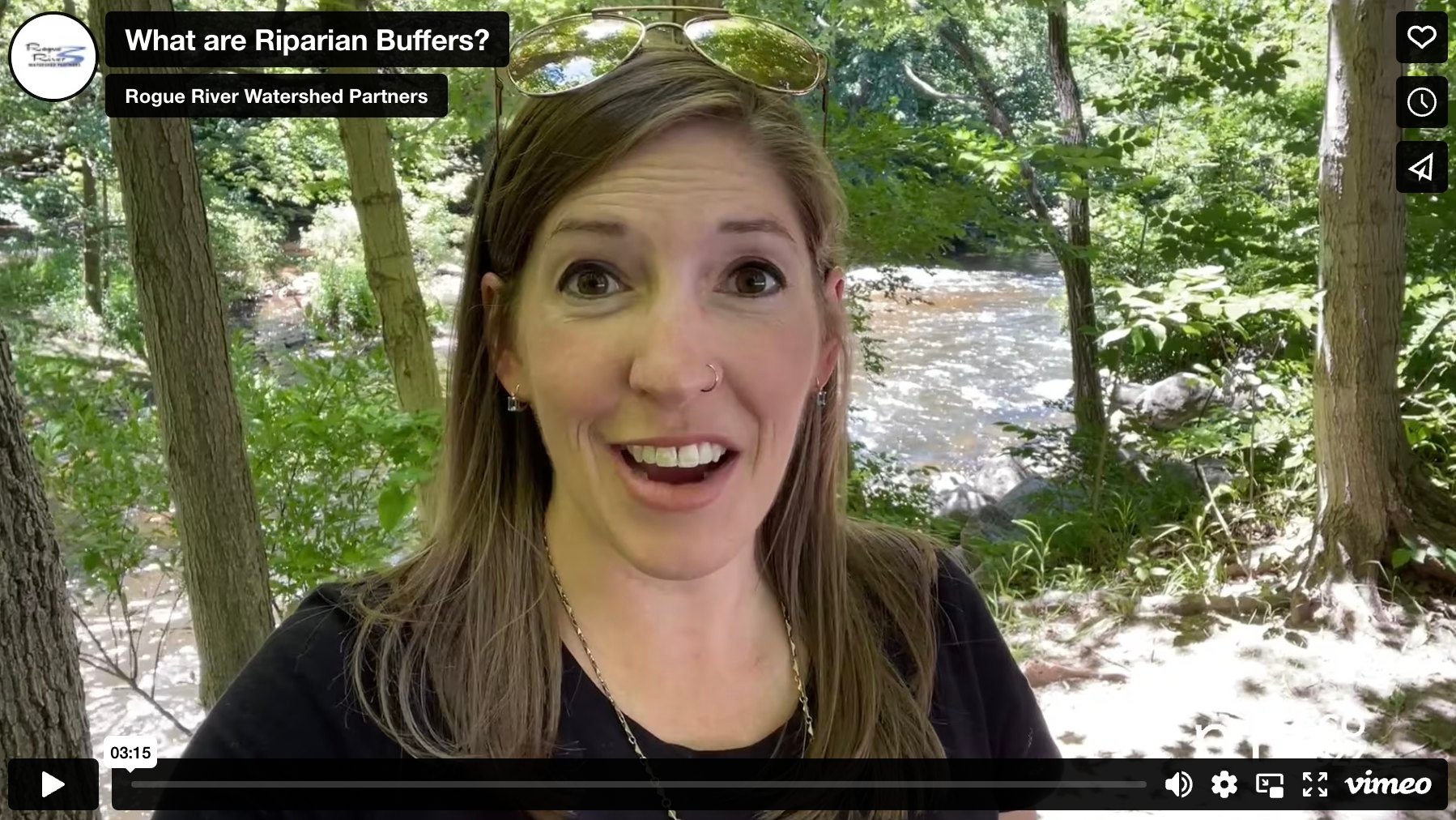
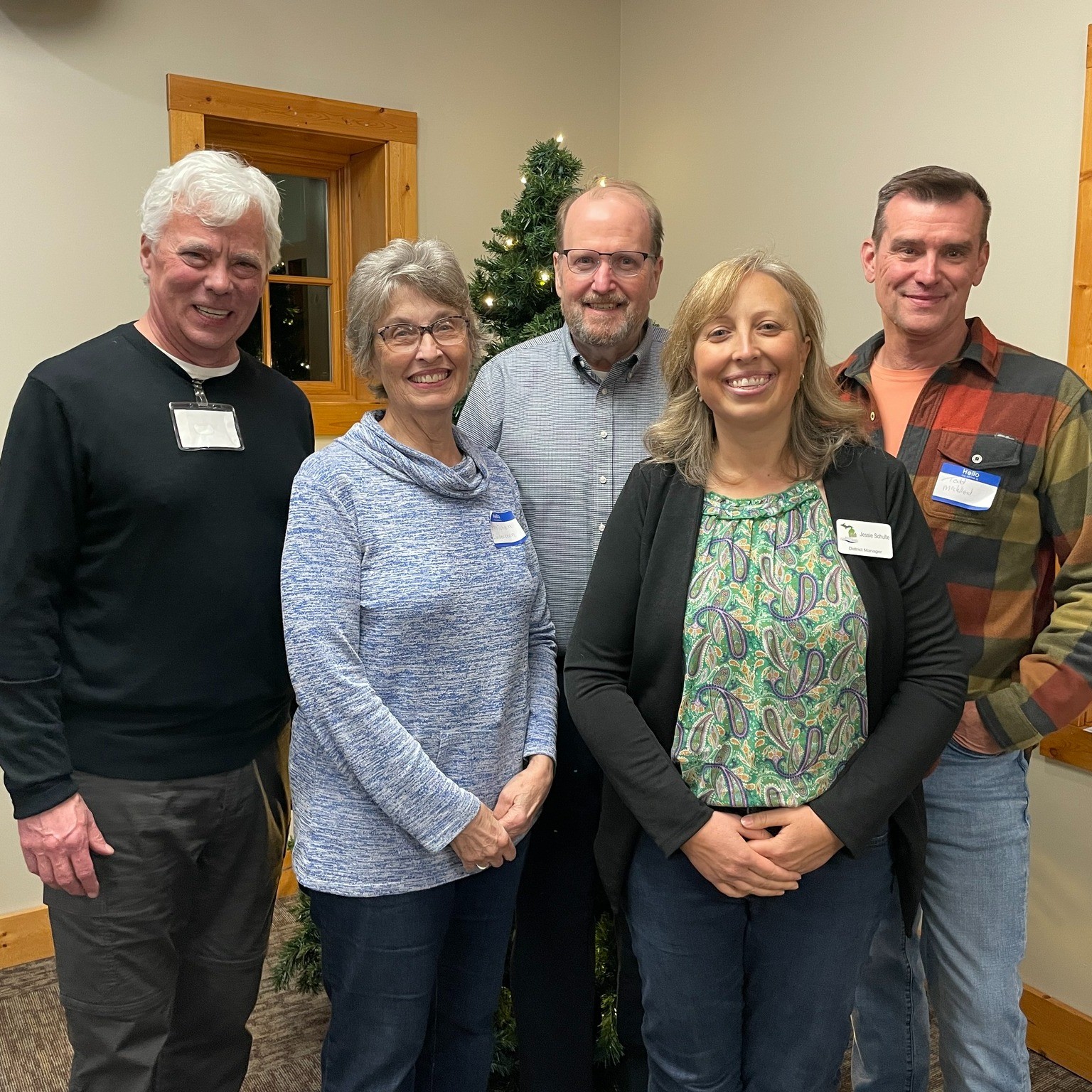
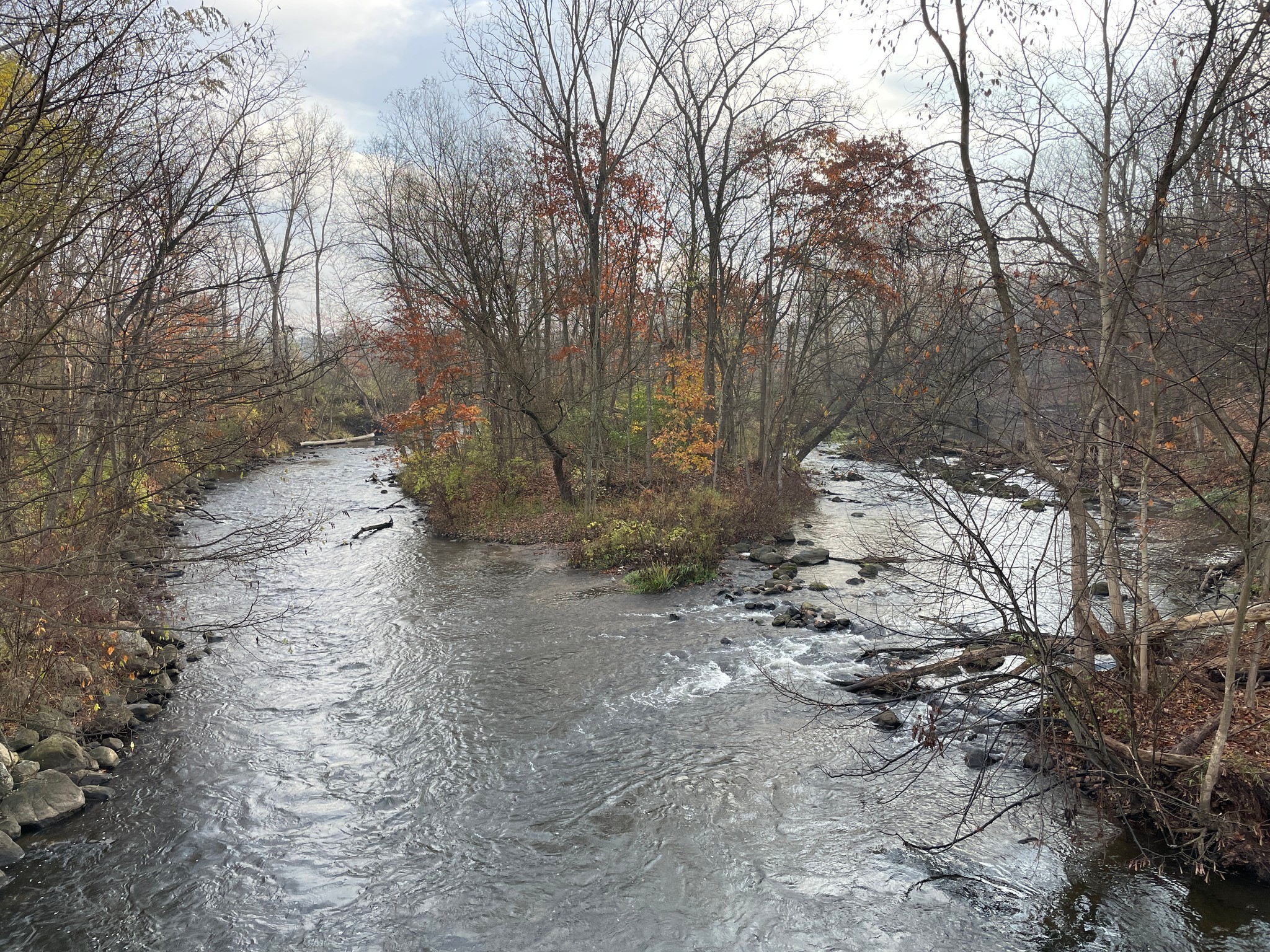
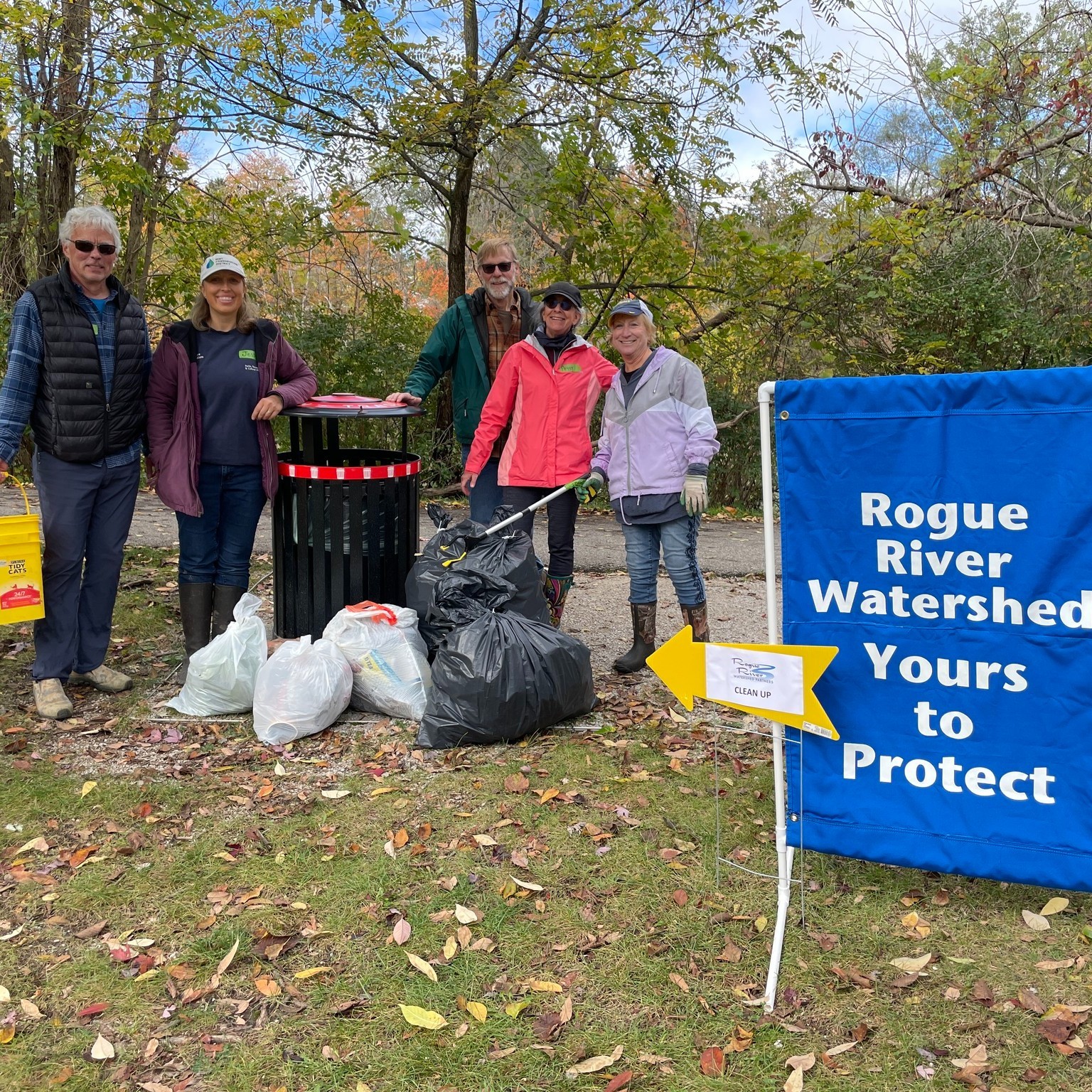
Image Credits
Jessica Gregory











